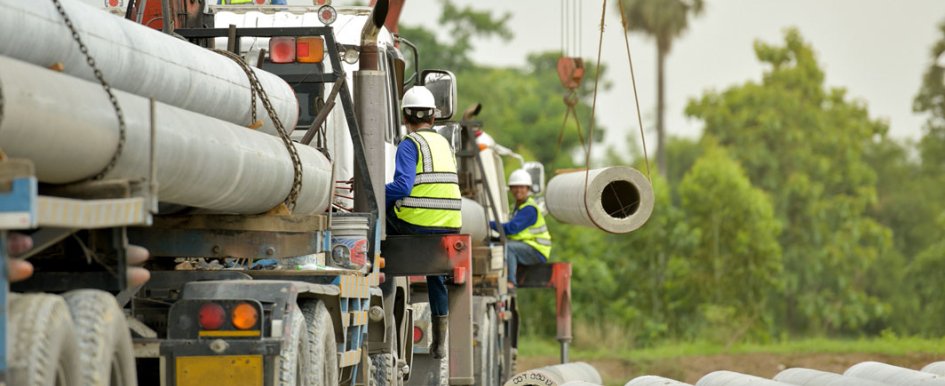
Analyzing vehicle and equipment costs often gets swept under the rug. However, tracking asset costs can help companies optimize maintenance costs, prevent underutilization, dispose of equipment at the right time and more.
The True Cost of an Asset
First, it is important to understand what costs to include. The following items make up the fully burdened cost of an asset.
- Acquisition—The cost of purchasinga vehicle or piece of heavy-duty equipment is usually the first thing that comes to mind when talking asset costs. This is a tangible, hard cost. Other overlooked aspects of an acquisition are the soft costs involved, primarily the time the fleet manager spends researching the best equipment make, model and specifications and sourcing the best deal.
- Insurance and licensing—Beyond the fixed cost of acquisition, there is the cost of insurance and licensing that may vary from vehicle to vehicle.
- Operating expenses—Of course, there are costs to utilize your asset and keep it running at an optimal level.
- Supporting devices and equipment—Any items added to your vehicles or equipment, like hardware or special racking, should be included.
- Depreciation—If you purchased your piece of equipment, the amount of value your asset inherently loses year over year should be accounted for in the cost of the asset. If any assets are being rented or leased, do not account for their depreciation.
- Disposal—Just like accounting for the cost of acquisition, you should also account for the cost of disposing, or in other words, selling the asset. Similar to purchasing, this also includes hard and soft costs.
When analyzing your equipment costs, two other terms that should be top of mind are asset availability and asset utilization.
- Asset availability refers to the number of fleet vehicles or equipment that are available for use during a workday. It is important to have visibility into which vehicles are unavailable at the beginning and end of each shift.
- Asset utilization refers to the percentage of vehicles or equipment in use during a 24-hour period. If you are interested in right-sizing your fleet, then pay attention to this metric. You should aim for a 90-percent utilization rate, or 95 percent if you are growing your business. This means that if you have 100 assets, 90 of them should be in use at any given time. If you are not close to these benchmarks, something needs to change. Consider selling your underutilized assets.
Calculating & Analyzing Asset Costs
There are a lot of components to asset costs, but it is key to track them consistently. If you are doing this manually, you need to maintain an organized spreadsheet. Although feasible, it will require a substantial time investment to manually record, collect and analyze the numbers. Alternatively, you could use fleet management software to calculate asset costs for you. Fleet software can automatically track the total asset cost per mile, informing you of the cost to use certain vehicles or pieces of equipment for a project.
Reducing Asset Costs
Once you have calculated your current asset costs, you can work towards reducing them. Begin by monitoring the productivity of your assets. How often are your vehicles and equipment being used in a given period? You should generate “engine on” reports to see if you are optimizing their usage. Give special attention to equipment like bulldozers and cranes, since they are likely your most expensive assets. Keep in mind that equipment and vehicles being used after hours will affect your fuel, maintenance and insurance costs.
Dispose of your vehicles and equipment at the opportune time, because selling too soon or too late can be the difference in thousands of dollars. The key metric to monitor here is average cost per mile or cost per hour. This is the total service and fuel cost of an asset over the miles driven or hours used. Monitor this metric’s year-over-year trend for each vehicle and piece of equipment. Once it starts to significantly increase for an asset, that is the telltale sign to replace it. It is really difficult to know when to sell, but monitoring average cost per mile (or hour) and using it as a trigger is a great way to do it. When getting rid of vehicles, you can sell to your drivers first to reduce depreciation. When feasible, selling to your employees will likely mean a better price for your vehicle than at wholesale or auction price, and your employees will get a well-equipped vehicle below retail market price.
Unless carefully monitored, operating expenses can quickly increase asset costs. Identify methods to optimize and reduce fuel, maintenance and repair expenses, such as tracking driver behavior and following a strategic preventative maintenance schedule.
